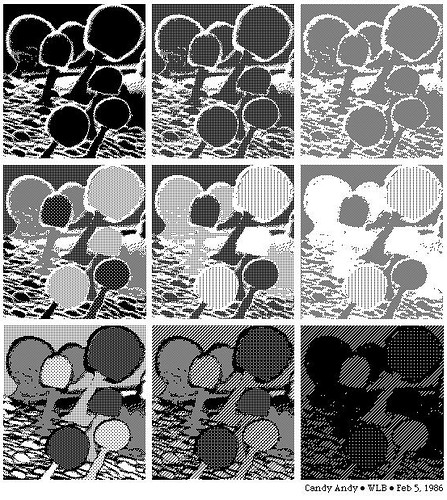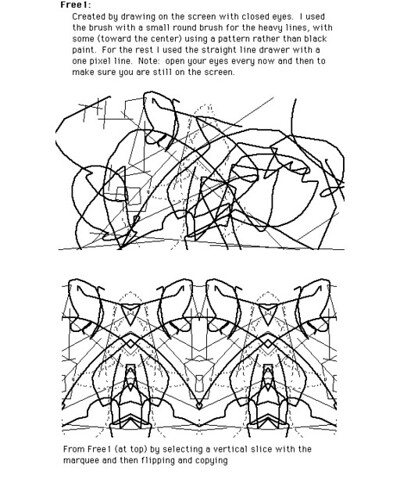Over the last 50 years, our world has turned digital at breakneck speed. No art form has captured this transitional time period - our time period - better than generative art. Generative art takes full advantage of everything that computing has to offer, producing elegant and compelling artworks that extend the same principles and goals artists have pursued from the inception of modern art.Two myths:
Geometry, abstraction, and chance are important themes not just for generative art, but for all art of 20th Century. As an art historian and an amateur generative artist, I see a clear line of influence on generative art starting from Cézanne and shooting straight through to the:
- Fracturing of geometry in Analytical Cubism
- Emphasis on technology, machine aesthetic, and mechanized production from Futurism, Constructivism, and the Bauhaus
- Introduction of autonomy and chance in Dada, Surrealism, Abstract Expressionism
- Anti-figurative aesthetic, bold geometry, and intense color of Neoplasticism, Suprematism, Hard-edged Abstraction, and OpArt
- Use of algorithms by Sol Lewitt and others
Myth One: The artist has complete control and the code is always executed exactly as written. Therefore, generative art lacks the elements of chance, accident, discovery, and spontaneity that often makes art great, if not at least human and approachable.Etc etc etc etc etc etc etc...
Myth Two: The artist has zero control and the autonomous machine is randomly generating the designs. The computer is making the art and the human deserves no credit, as it is not really art.
The truth is that generative artists skillfully control both the magnitude and the locations of randomness introduced into the artwork.
Etc etc etc etc etc etc etc...
Etc etc etc etc etc etc etc...
Etc etc etc etc etc etc etc...
.............................
In summary, let’s take a look back at what we have learned:
- Generative art is an extension of central themes from 20th Century art
- The artists play a major role in the outcome of the work
- The process is very similar to traditional artmaking
- Generative art has its own rich history going back to 1960
- Women have played and continue to play major roles in this genre
- MIT has been an incubator for brilliant generative artists
- In the last two decades the genre has exploded as a result of the open source movement, improved tools like Processing, and a supportive community
- AI art using GANs, Pix to Pix, and DensePose is a subgenre of generative art
- As with all generative art, AI art is largely driven by human guidance


No comments:
Post a Comment